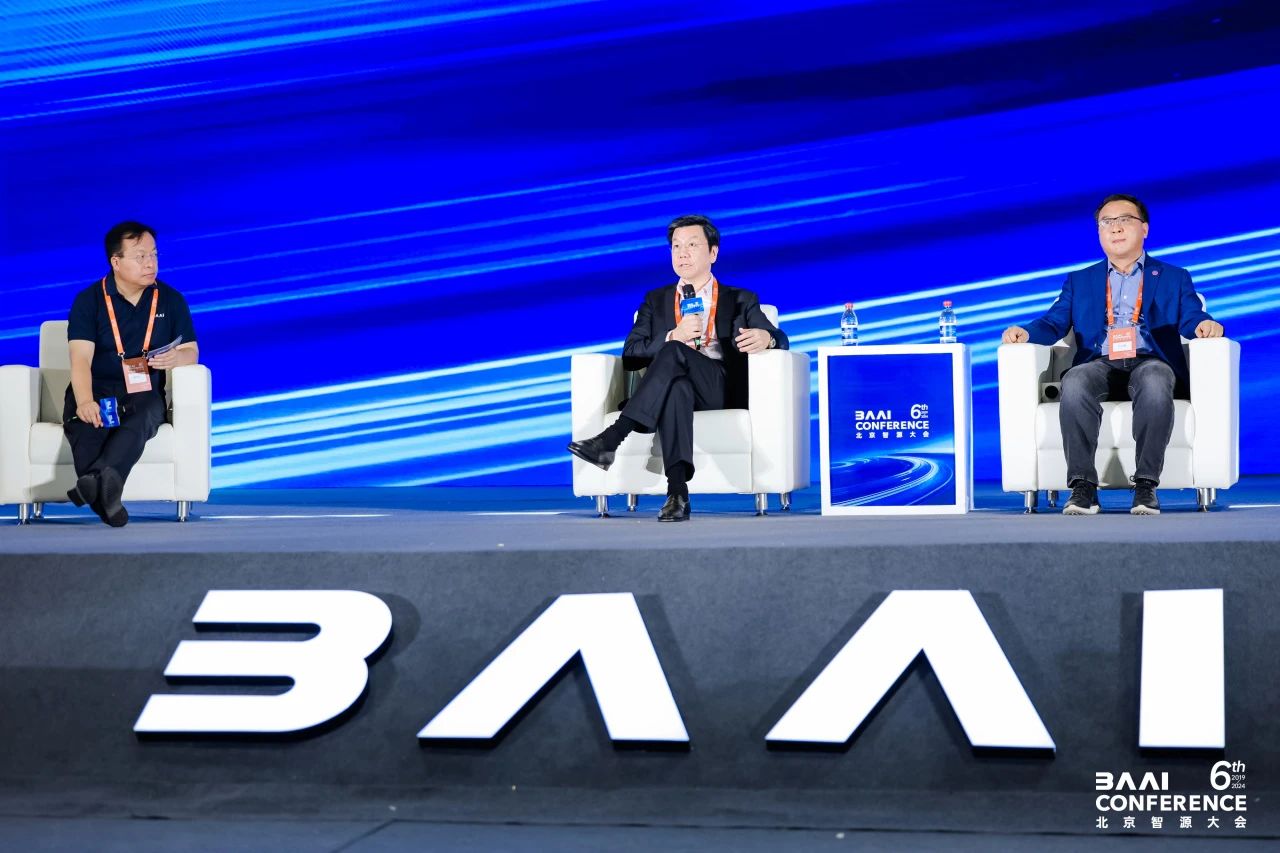From last year's vibrant "Battle of the Models" to this year's intense competition ignited by an "industry price war," China's large model sector has entered its second year, marking a new stage in the industry’s development.

On one hand, after a year of technological advancement, the performance gap between Chinese large models and leading overseas models has been significantly narrowed. The Yi-Large model released by 01.AI has surpassed GPT-4 in multiple authoritative benchmark datasets. In the blind evaluation arena released by LMSYS on May 21, Yi-Large ranked first among Chinese large models. Among companies, 01.AI stands just behind three Silicon Valley giants: OpenAI, Google, and Anthropic, making it the only Chinese company in the global first tier. On the other hand, with innovations in model architecture and improvements in AI infrastructure capabilities, the reasoning costs of large models are decreasing at a tenfold rate annually.
The continuously improving model performance and the declining reasoning costs indicate that leading large model companies like 01.AI can offer more cost-effective solutions for both B2B and B2C markets. This suggests that the Chinese large model landscape is transitioning from technological concepts to practical commercialization.
This new phase also brings forth new challenges. Is the biggest opportunity for the large model industry in B2B or B2C? How should large model entrepreneurs view TC-PMF? Will embodied intelligence unleash significant commercial value with the support of large models? Will AGI (Artificial General Intelligence) be realized, and if so, when and in what form?
To address these questions, Dr. Kai-Fu Lee, CEO of 01.AI and Chairman of Innovation Works, Academician Zhang Ya-Qin, Dean of Tsinghua University’s Institute for AI Industry Research (AIR), and Professor Huang Tiejun, Chairman of the BAAI, engaged in a comprehensive discussion on various hot topics, including the success factors for large models, the challenges they face, industrial applications, the prospects for embodied intelligence, and the future of AGI.


